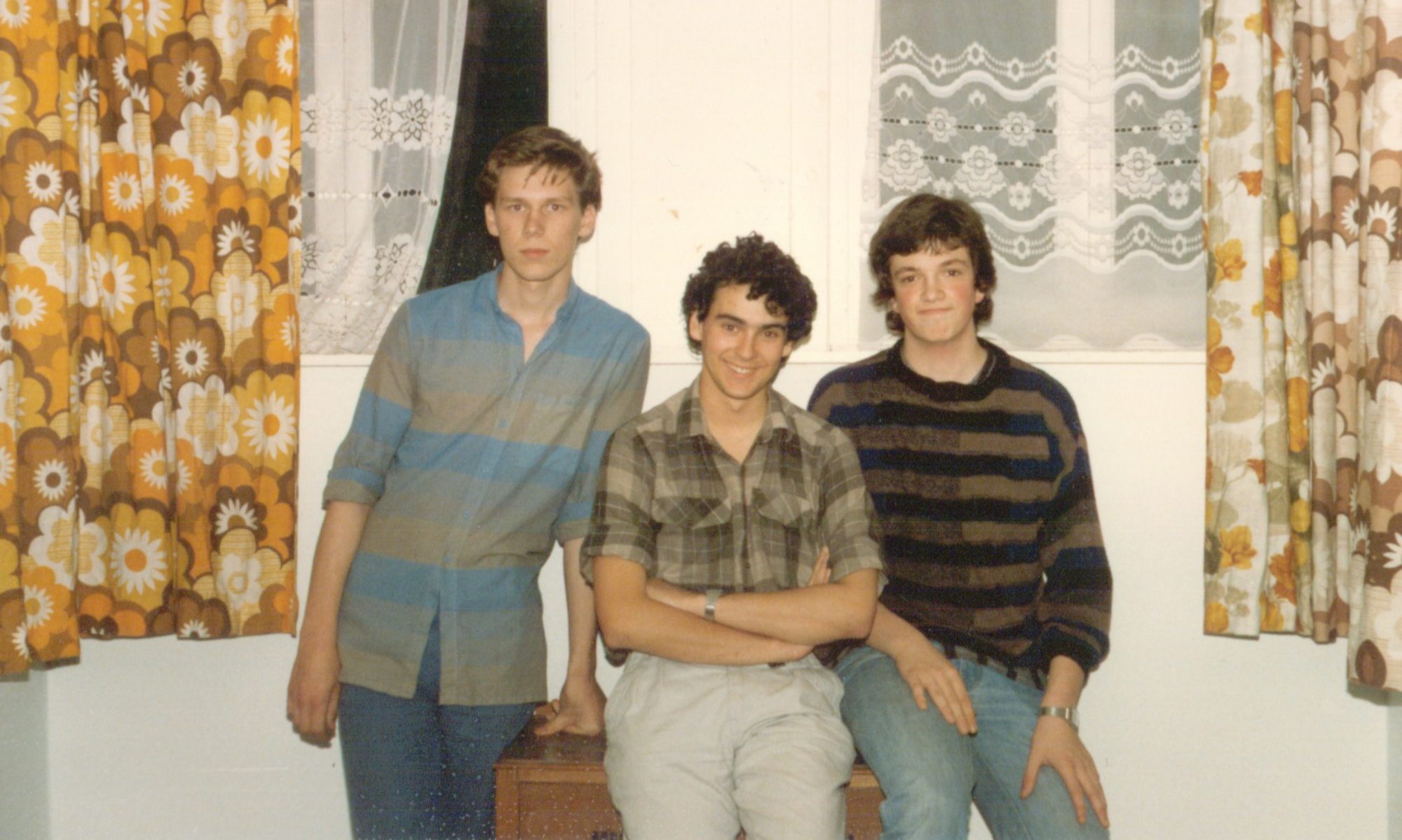Today I knocked a visit to the Museum of English Rural Life (MERL) off my to-do list. While I have been in the MERL building before I have never actually been in the museum itself having only previously had a tour of the house that abuts it.
The entrance to the museum itself is really bright and airy with a lovely cafe and garden next to to it which must be very nice place to sit out in better weather. It was quiet when we arrived and we were met by a guide who gave a short talk about the museum’s history and took us in to the start of the exhibits themselves. At one point I feared that she might be accompanying us round the whole place but fortunately she left us to our own devices at that point.
Getting around the exhibition space was a bit like navigating IKEA as paths went back on themselves and there was no sign of an easy escape. In this case, it was a clever use of space based on the long thin rectangular building.
As the name suggests the museum looks at all aspects of rural life and the first section was themed by season showing what might be taking place on farms at each period. The rest of the downstairs was themed more to do with job and function.
There were plenty of exhibits of all shapes and sizes from small milk containers to large portable steam engines and lots of horse drawn carts. What there wasn’t was much in the way decent labelling of the exhibits. There were cards that purported to show each object in place with a key to what it was but were either inaccurate or the description was an unhelpful “fire engine”. There was also a more modern way to look these up with a QR code that you could scan that took you to a dedicated site. Well that was the theory but in practice it was very slow to load and when it did wasn’t mobile optimised so impossible to navigate on a mobile (who is going to have their laptop with them?). This was a great shame as it seriously detracted from your understanding of what was being displayed.
Upstairs at MERL
Upstars at MERL is an interesting place to be as It houses a room dedicated to Ladybird Books featuring books and prints from a 20,000 item collection on long term loan to the University which owns and runs MERL. This was a lovely trip down memory lane as it, briefly, showed the history of Ladybird books and had a display housing 50 or so books from the collection. It was slightly out of place in the museum but good to see nevertheless.
The rest of the upstairs was taken up with glass fronted, humidity controlled, cabinets housing the rest of the collection. This featured a dizzying array of eclectic items with even less information to tell what they were!
A Repeat Visit?
I visited MERL as it is local and plenty of others have spoken of how much they enjoyed going there. I guess your enjoyment levels will very much depend on your interest in the subject matter, as with all museums. For me it didn’t move me in the way other museums have so I can’t see me rushing back.
I will leave you with this one final quote from the museum walls which tickled me greatly…
The Milk Marketing Board bought all British milk from 1933 until deregulation in the 1990s, encouraging farmers to produce cheese to use surplus milk. In the 1960s the Board invented and promoted the ‘ploughman’s lunch’ to encourage pubs to sell more cheese.
MERL









One Reply to “Museum of English Rural Life (MERL), Reading”